|
Great exercise for lower limb and trunk control whilst encouraging thoracic extension
0 Comments
Nail Care
Toe nails can become very hard to manage for several reasons. Many people with arthritis lose the strength to be able to use the tools to cut the nails. Nails can become thickened due to trauma or fungal infection. Sometimes this is unmanageable with normal nail tools. Our podiatrist is fully equipped to deal with any problem toe nails. Fungal Infection- Nail Sometimes it is difficult to determine whether nail discolouration is due to fungal infection. We can take trimmings for your GP to send for lab tests to confirm a fungal infection. If a fungal infection is present, we can offer advice and treat your nail allowing over- the- counter solutions to be more effective. Fungal Infection- Athletes Foot Athletes foot is caused by a hot and damp environment, allowing the fungal infection to thrive. We can diagnose dermatological problems you are suffering from, advice you on treatments and preventing return of the problem. Corns A corn can be a very painful problem. Many describe is as a sensation of 'walking on stones'. We can completely enucleate the corn, providing immediate pain relief and then device pads/ orthotics to prevent the corn returning by splaying the forces and pressures exerted on your foot. Callus Callus is an extra layer of hard skin that forms in areas that have been exposed to excessive pressure/ stress/ friction. We can remove this and provide advice on future management. Verrucae A verrucae is a virus. It belongs to the human papilloma virus family. Many podiatry clinics do not offer verrucae treatment because our immune system should fight the virus. However, this is not always the case and verrucae can become very painful in weight- bearing areas. Everybody reacts different to various treatments, therefore our podiatrist can discuss our range of options. Ingrowing Toe nails/ Surgery There are many causes of ingrowing toe nails. Some examples are trauma. neglect, incorrect cutting of nails and genetics. If an ingrowing toe nail is managed incorrectly, an infection is easily caused which is very painful/ Often, our Bath podiatrist can prevent surgery from being needed by removing the problem, packing and dressing the toe, then educating the patient on further management of the problem. If surgery is required, a simple procedure using a local anaesthetic can be performed to remove the problem. A chemical called phenol is used to prevent the problem returning. Follow up appointments and after care is included in the price until the toe has healed and the patient is discharged. Gait/Biomechanic Assessment Foot posture can influence the total body posture. Other areas of poor posture in the body can be compensated for with the feet. Therefore, the body needs to be looked at as a whole. We look at joint range of motion, quality of motion, muscle strength and balance, leg length, posture non weight bearing and weight bearing, and your gait cycle. Orthotics We provide a range of orthotics at our Bath podiatry clinic You can discuss the different types with the podiatrist, who will take into consideration several factors to determine which type of insole is best for you. Pre Fabricated Orthotics Pre fabricated orthotics are made from a template of your feet to find the best shell for you. A prescription is made to change the shell in order to correct the biomechanical faults we found during your assessment. Custom Made Orthotics If it is decided that complete custom made orthotics are for you, we take a plaster cast mould of you feet and complete a thorough prescription form to create insoles tailored for you and your specific pathology. Feel Free to call and discuss any queries on 01225 683007 How a bike fit can help you The right set-up for your bike is important for all cyclists. Whether you're a casual rider or a top-class athlete, there are many aspects to consider to ensure an efficient and comfortable ride. Most bike shops will only adjust your bike to suit your current body position, but they will not take in to consideration the adaptability of the human body. At Physioimpulse we consider the biomechanical limitations your body may present as well as the measurements of your bike, establishing an optimal balance between the two in order to ensure a maximally efficient, pain free and sustainable ride (Dinsdale and Dinsdale, 2011). What common limitations could I have?
What could be causing my current pain whilst cycling? Many people who opt for a bike fit do so because they experience pain whilst cycling. An improper riding position can be the cause of many overuse injuries (Callaghan, 2005; Clarsen et al., 2010; Marsden, 2010). Below are some of the common types of pain cyclist's experience, and how we address them: Foot / Achilles pain - The numbness, aching and often cramping that people experience in their feet or Achilles tendon is typically related their shoe size, position of cleats or height of saddle (Burt, 2014). We can instruct you on the origin of your symptoms and how to manage them, as well as adjusting positioning of your cleats and saddle height as indicated. Knee pain - The knees are suggested to be the most common site of cycling pain, impacting as much as 60% of cyclists (O’Brien, 1991; Silberman, 2012; Wanich et al.,2007). Alongside arthritic pain, many people experience knee pain in a particular region of their knees. This can be due to a range of factors from saddle height and fore/aft position to cleat position / amount of float surrounding cleats. Knee pain can also be associated with crank length, width of stance on your bike, the shape of your saddle and the angle of your knee (Peveler and Green, 2011). We will strive to locate the source of your pain, which may be multi-factorial in origin, and require several adjustments to alleviate. Hip pain - The most common of hip pain origins can be related to torso angles and the amount of rocking / bouncing of hips in the saddle as you ride. This can be due to seat height / position, crank length, cleat position or functional limitations such a leg length discrepancy (Burt, 2014). Through correct diagnosis of your pain's origin, we can address any limitations and provide a comfortable seated position to reduce your hip pain and allow you to enjoy your ride. Lower back pain - Lower back pain is more common in casual riders, and often affiliated with torso and back angles, functional limitations such as leg length discrepancy and the type and tilt angle of the saddle Schulz and Gordon, 2010; Bressel and Larson, 2003; Marsden, 2010). By increasing or decreasing angles based on normal measurements, your personal flexibility and power output ratio, we can help to reduce your lower back pain by decreasing the strain of mechanical and gravitational forces applied to the lower back. Upper limb / back / shoulder pain - Pain or numbness in the upper extremities is normally related to increased weight bearing through the hands and upper limbs. This may be due to over or under reaching (riding with arms fully locked), hand reach too wide or narrow, or forward rotation of the hoods of the handle bars or saddle (increasing weight bearing through the upper limbs (Patterson et al., 2003; Schwellnus and Derman, 2005). As a rule of thumb, your weight bearing ratio on your bike should be 40% at the handles and 60% at the seat (±5%). By altering your torso and/or hip angles, in addition to addressing functional limitation, we can help to reduce upper limb pain by ensuring an optimal reach, hand placement and weight bearing position on your bike. What's the best position for me? Many cyclists want maximal power and an aerodynamic position, which is not surprising when studies have shown overcoming wind resistance alone can require up to 80-90% of your overall energy expenditure (Gnehm et al., 1997) ; however, there is no point in being fit to a super-efficient position if you can't hold it for very long when cycling (Burt, 2014). Typically, overcoming this force requires 30% from the bike and 70% from the rider (Peveler et al., 2005). At Physioimpulse, we aim to help you achieve your goals by finding a suitable balance between, power, aerodynamic form and comfort / sustainability (Burt, 2014), based on the type of your bike and what it is you would like to achieve.
|
AuthorPhysioimpulse Chartered Physiotherapists Archives
June 2024
|
Services |
Get in Touch
|
©

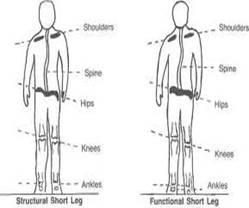
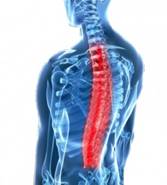
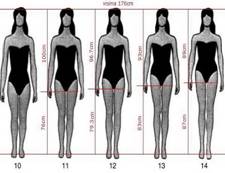
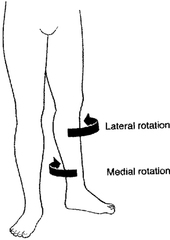
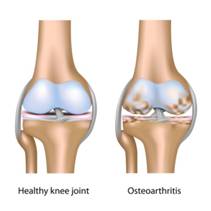
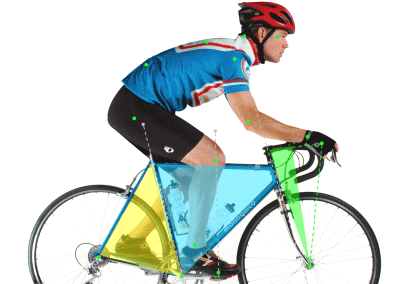
 RSS Feed
RSS Feed

